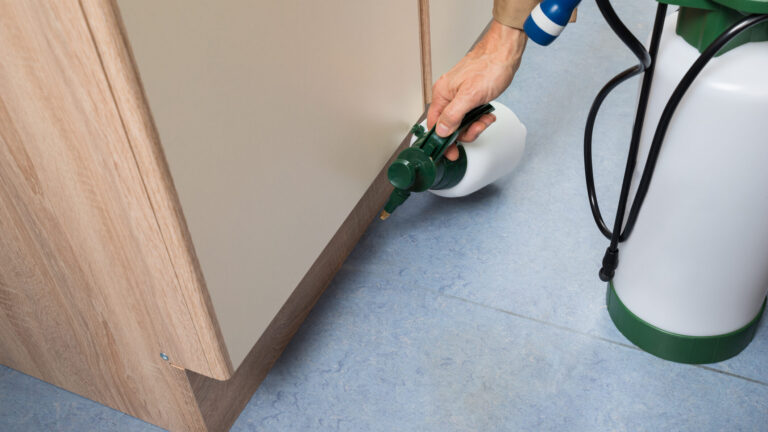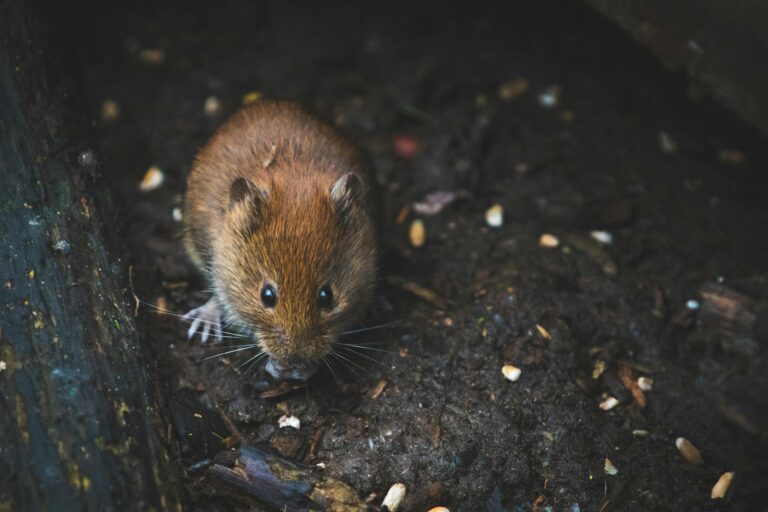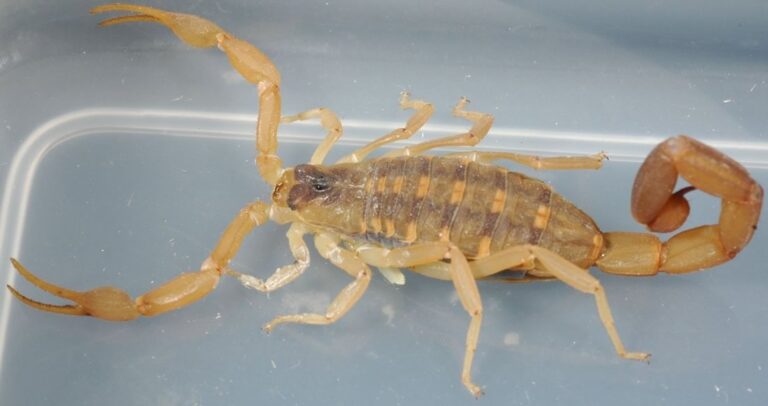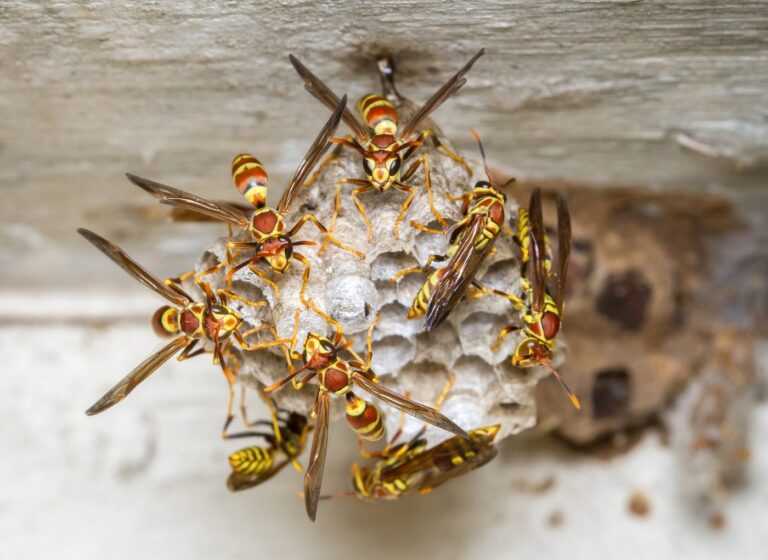Why Regular Pest Control Is Worth It (Even If You Don’t See Pests)
Many homeowners assume that if they don’t see pests, they don’t have a problem. Unfortunately, that’s not always the case. In fact, many pest infestations go unnoticed until they become major issues—leading to costly damage and health risks. Regular pest control is essential, even when you don’t see pests, because prevention is always more effective […]










